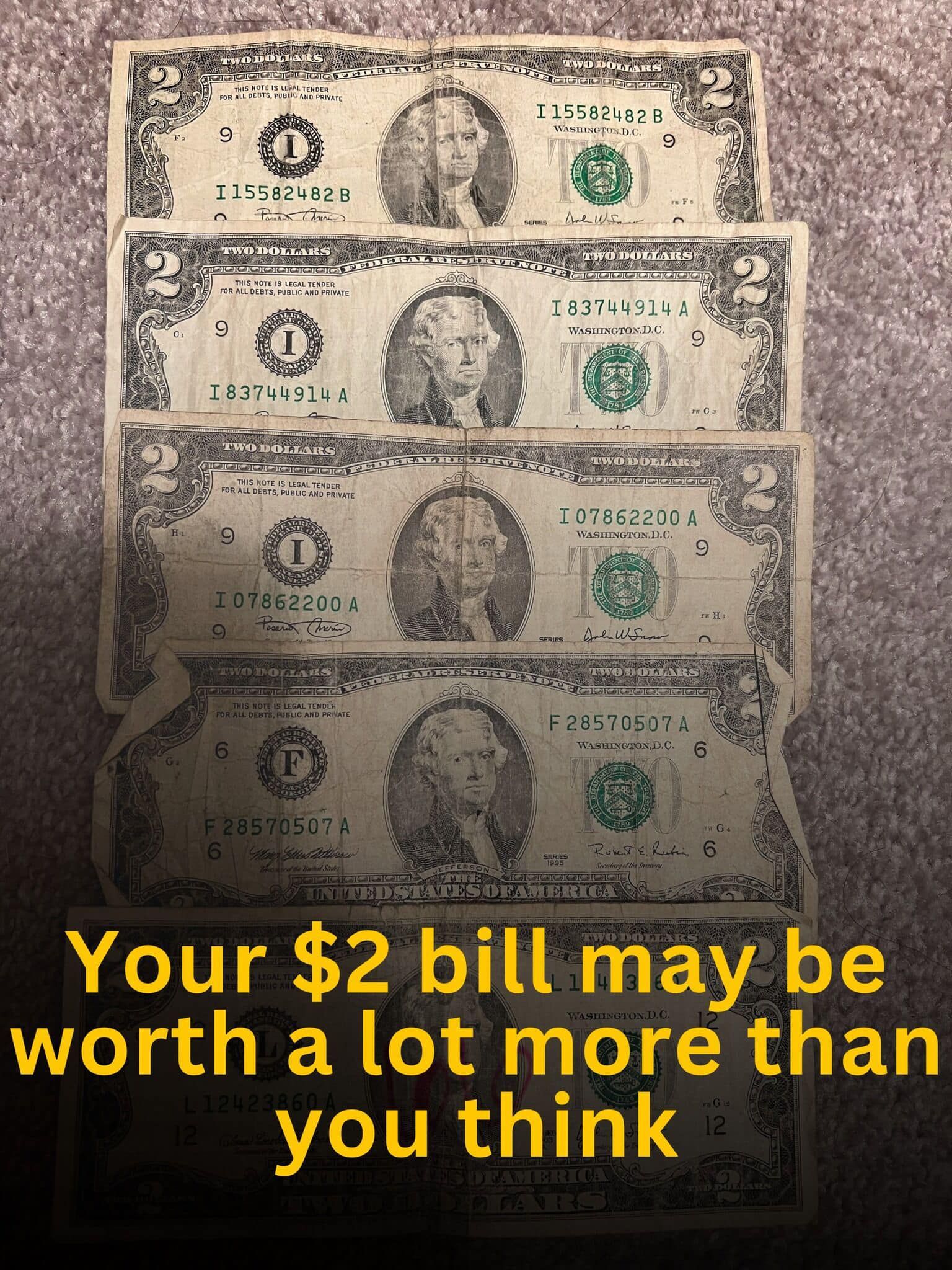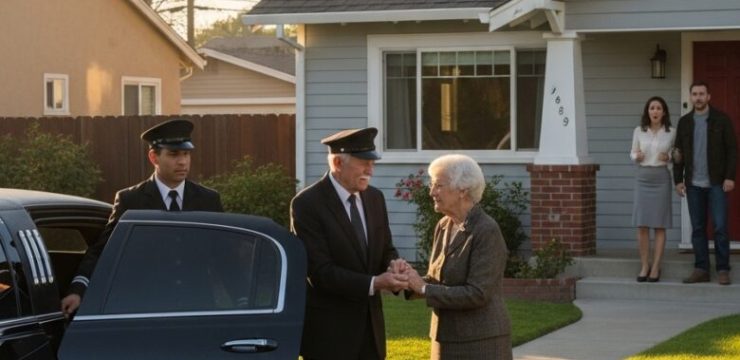For decades, the $2 bill has carried a reputation as the “unlucky” member of the U.S. currency family. Some have even believed it to be cursed, leading many to avoid using or even holding onto the note. However, the truth about this misunderstood piece of currency is far from superstitious—your $2 bill could actually bring you luck in the form of a hefty payout, possibly worth thousands of dollars.

Despite its unique history, the $2 bill has long been seen as the neglected sibling of the more commonly used $1 bill. Many Americans mistakenly assume that $2 bills are rare, no longer printed, or even entirely out of circulation. In reality, these bills remain in production, though their use is not as widespread as other denominations.
The Bureau of Engraving and Printing (BEP) explains that $2 bills have historically been unpopular in cash transactions, often viewed as awkward to use or even bad luck. “For most of their history, $2 notes have been unpopular,” the BEP states. This unpopularity has led to some curious habits among superstitious users, including tearing off the corners of the bills in an attempt to reverse the supposed curse. Unfortunately, this practice often rendered the notes “mutilated currency,” unfit for further circulation.
While many might dismiss the $2 bill as a relic of the past, collectors and currency enthusiasts know better. Some $2 bills, particularly older or unique versions, can be worth significantly more than their face value—sometimes fetching thousands of dollars at auctions.
Making a Fortune from a $2 Bill
Although the $2 bill is most commonly associated with Thomas Jefferson’s portrait on the front, its design has evolved over time. Changes in the placement and size of Jefferson’s image, as well as alterations to the back design and the addition of color, have created unique variations of the bill. These changes make certain editions highly sought after by collectors.
To determine whether your $2 bill holds more value than expected, pay attention to its year of issue and the color of its seal. Bills printed between 1862 and 1896 with red, brown, or blue seals are especially valuable. Uncirculated bills in crisp condition from this time period can command prices of up to $5,000 at U.S. Currency Auctions. Even circulated bills—those that show signs of wear and use—can still be worth up to $1,100, depending on their condition.
Collectors consider several factors when assessing the value of a $2 bill. The printing method, the location where it was printed, and its overall condition play key roles in determining its worth. Additionally, some $2 bills feature “fancy serial numbers,” which add to their rarity and appeal. These unique serial numbers include patterns like consecutive digits, repeating numbers, or palindromes. If you’re lucky enough to find one of these rare bills in your possession, its value could soar to as much as $6,000.
A Hidden Treasure in Your Wallet?
While the $2 bill may not be the most commonly used denomination, its potential to become a valuable collector’s item makes it worth a second look. Whether you’ve had one tucked away in your wallet for years or stumbled across one in a forgotten drawer, it’s worth checking the year, seal color, and serial number to see if your bill could be a hidden treasure.
The value of $2 bills goes beyond their monetary worth—they also carry a fascinating history. From their misunderstood reputation as unlucky currency to their status as collectibles, these bills represent a unique chapter in the story of U.S. currency.
Do you have a rare $2 bill hiding in your home? Whether it’s a crisp, uncirculated note or a well-worn piece of history, your $2 bill could be worth far more than you think. Be sure to share this story with your friends—you never know who might be holding onto a small fortune without even realizing it!





